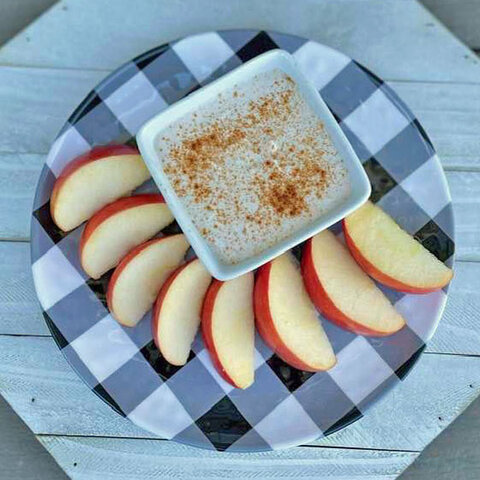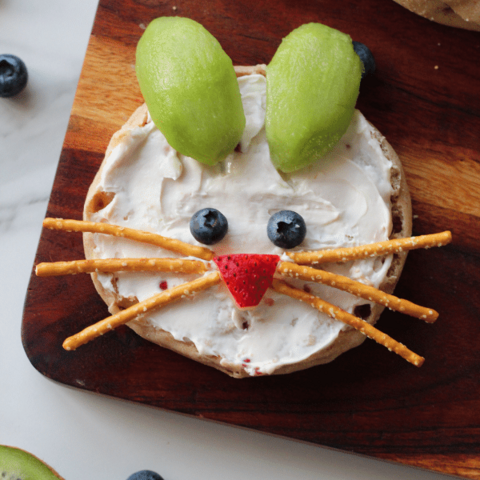
Are you worried about making healthy and delicious packed lunches for kids during the school year? Many parents will struggle to find healthy foods their children will take to school for lunch. However, shopping smart and trying new ideas can help parents send kids back to school with lunches that are good for them and taste great. Check out these tips to help make school lunches nutritious and fun.
- Focus on fruits and veggies. Incorporating fruits and vegetables into lunches can be easy. Packing whole fruits like an apple or a bunch of grapes is easy and delicious. Individual containers of applesauce, pears, peaches, and pineapples also make a tasty treat. Vegetables are another healthy addition to a lunch. Sliced zucchini and cucumbers, red and green pepper strips, broccoli, carrots, celery, and cauliflower are raw vegetables that are easy to pack. Try adding a low-fat salad dressing or hummus as a dip.
- Make fruit fun. Spice up fruit by packing dip for them. Low-fat yogurt or pudding is great with strawberries and melons. Try different fruits with different textures so children do not get bored. Intermix crunchy apples with juicy oranges. Making fruit salad is a great way to make fruit fun. Mix together sweet fruits like apples, bananas, and pears with acidic fruits like oranges and pineapples. Kids can try different fruit combinations, and the acidic juices will help prevent the fruit from turning brown.
- Whole grain goodness. Use whole-wheat bread, whole-grain pasta, and brown rice. Whole-grain cereal is also a fun alternative to potato chips for a snack. If children still want chips, pick ones that are whole grain, baked, or possibly both.
- Food labels are your friend. When buying canned or individual containers of fruit, make sure it has no added sugar and is packed in its own juice or water. Read labels to make sure products are made with whole grains. Just because bread is brown doesn’t mean its whole grain. Check the ingredients list to make sure the first ingredient is brown rice, bulgur, whole-grain corn, whole wheat, oatmeal, whole oats, whole rye, or wild rice. Also check the Nutrition Facts label for the percent Daily Value (%DV) of fiber because foods with more fiber are more likely to be whole grain.
- Choose 100% juice. Buy juices with little added sugar or sweeteners. Avoid juices that have sugars or caloric sweeteners listed as their first ingredient. Many juices are only 10 or 20 percent juice and contain a lot of unnecessary sugars. Check juice box labels and try to buy products that are 100 percent juice.
- Calcium counts. Make lunches healthier by adding low-fat dairy or calcium-rich foods. About 85-90 percent of adult bone mass is acquired by age 18 in girls and 20 in boys. The best ways to get calcium are dairy products such as milk, yogurt, sliced cheese, cottage cheese, and string cheese as well as calcium-fortified foods such as some juices and cereals.
Pack Food Safety with School Lunch
It is important to not forget about food safety to keep food at a safe temperature. Follow these food safety tips when packing a school lunch:
- Packing lunches. Insulated, soft-sided lunch boxes or bags are best for keeping food cold, but you can also use metal or plastic lunch boxes and paper bags. If using a non-insulated bag, choose room-temperature safe foods like peanut butter, jelly, crackers, dried fruit, and whole fruit in the peel. Be sure to wash whole fruits with edible skins before packing.
- Beware of cross-contamination. This can happen by reusing paper or plastic bags, food wraps and aluminum foil. Have children discard used food packaging and bags after lunch. Throw away perishable leftovers unless they can be safely chilled immediately after lunch until when they are brought home.
- Keep cold foods cold. Use an ice pack, gel pack, or freeze a juice box, bottled water or sandwich. For best quality, do not freeze sandwiches with mayonnaise, lettuce, or tomatoes; add them right before eating. Frozen juice boxes, water, and sandwiches will thaw by lunch. The following should be kept cold: Meat, fish, poultry, bologna, luncheon meat and hot dogs, milk, soft and hard cheeses, yogurt, cooked vegetables and beans, rice, dressing and gravy, lunch combinations that include luncheon meats with crackers, condiments, and raw fruits and vegetables.
- Keep hot foods hot. Pack hot foods like soup into a thermos before they cool down to prevent them from sitting in the temperature "danger zone".
This school year when preparing lunches for kids, remember to focus on variety, check out food labels, and try out different flavors and textures.
Recipe Ideas for School Lunches
Terms of Use
Feel free to use/adapt Healthy Bites material (with credit) for your own articles, blogs, handouts, etc. An example credit line would be: Authored by or Adapted from Lisa Franzen-Castle, PhD, RD, University of Nebraska-Lincoln Extension Nutrition Specialist. Healthy Bites Newsletter, https://food.unl.edu/article/healthy-bites/tips-packing-healthy-lunches-school, January 2023.
Source:
- What is MyPlate, United Sates Department of Agriculture (USDA)
- Kid-friendly Veggies and Fruits Tip Sheet, USDA
- Cut Back on your Kid’s Sweet Treats Tip Sheet, USDA
- How to Understand and Use the Nutrition Facts Label, U.S. Food & Drug Administration (FDA)
- Packed Lunch Safety, Nebraska Extension
Updated January 2023












